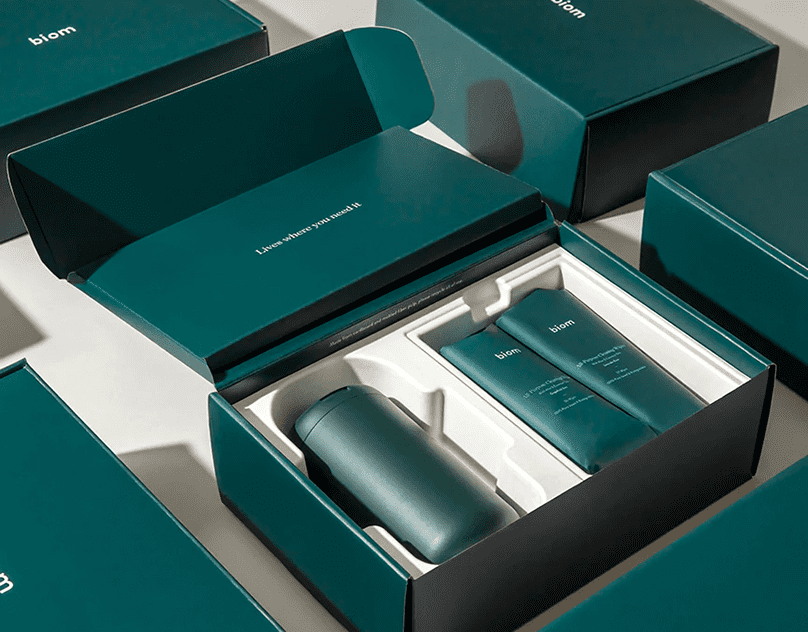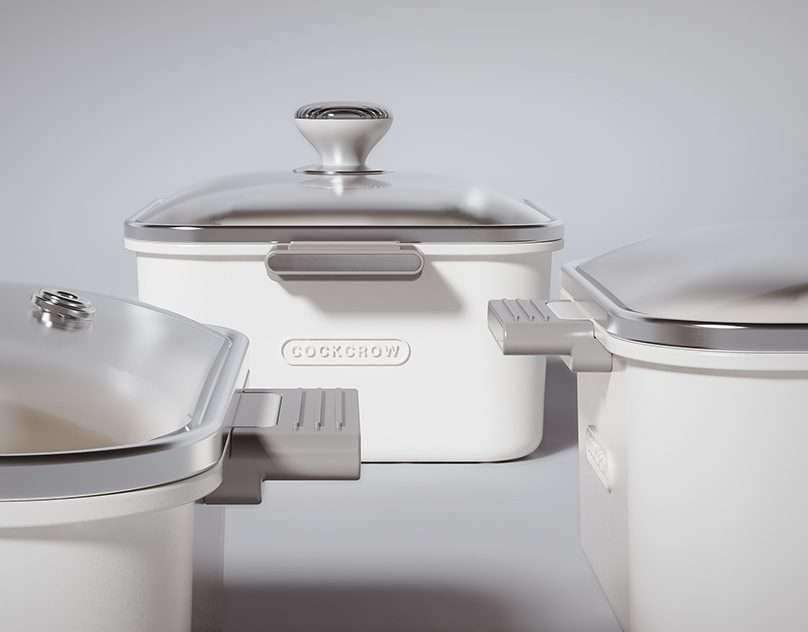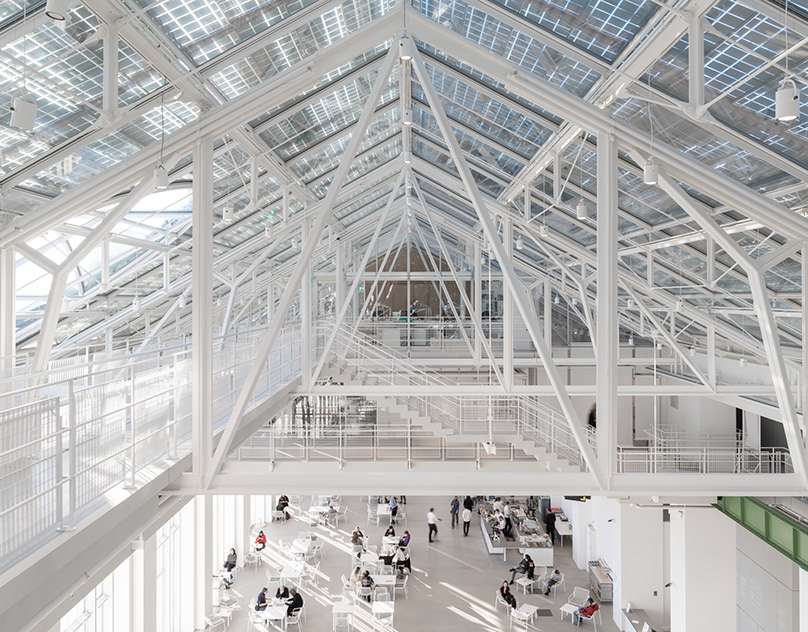Metals have long been a cornerstone of the furniture industry, valued for their durability and aesthetic appeal. This article explores the significance of metals in furniture design, focusing on the most common types: aluminum, steel, brass, wrought iron, and copper. We will discuss their properties, applications, and maintenance requirements, alongside a critical analysis from ArchUp’s perspective, highlighting their advantages and drawbacks. The article concludes with a summary table and a FAQ section to address key points clearly.

A Brief History of Metals in Furniture
The use of metals in furniture dates back to ancient times, with bronze, gold, silver, and iron being the primary materials. Initially, metals were used for decorative elements or small components like handles. With technological advancements, metals began to form entire furniture pieces, particularly with the rise of steel and aluminum in the modern era. Today, metals are ubiquitous in homes, appearing in appliances, lighting, and furniture.
Common Types of Metals in Furniture
Aluminum
Aluminum is a lightweight metal with a dull silver finish, resembling stainless steel. It is widely used in outdoor furniture due to its rust resistance, though it oxidizes, leaving a chalky white residue. Aluminum pairs well with light colors, enhancing its sleek appearance. While more affordable than steel, it is less durable.
Steel
Stainless steel, an alloy of iron, carbon, chromium, and other metals, is highly resistant to corrosion and requires minimal maintenance. It is popular for accent tables, kitchen sinks, and indoor furniture. Stainless steel complements cool tones but can also work with warmer hues for balance. Mild steel, with a higher carbon content, is more ductile but less corrosion-resistant.
Brass
Brass, a blend of copper and zinc, comes in various colors, including gold and bronze. It is corrosion-resistant and antibacterial, making it ideal for handles and faucets. Matte brass is experiencing a resurgence in home decor. To maintain its shine, clean brass with mild soapy water and polish with a copper-specific cleaner.

Wrought Iron
Wrought iron is shaped by hammering or bending, resulting in a textured surface. It is commonly used for fireplace accessories, outdoor furniture, and rustic beds due to its durability and corrosion resistance. Wrought iron stands out in neutral or white settings, adding a bold contrast.
Copper
Copper, with its reddish-orange hue, adds warmth to interiors. It is corrosion-resistant, antimicrobial, and an excellent thermal conductor, making it ideal for high-quality cookware, lighting, and decorative fixtures. Over time, copper may develop a teal patina, especially outdoors. To prevent this, apply beeswax or carnauba wax, buff with a clean cloth, add linseed oil, and seal with varnish.
ArchUp’s Perspective: Analysis and Critique
From ArchUp’s viewpoint, metals offer unmatched versatility in furniture design, blending functionality with style. Aluminum and stainless steel are excellent for modern, minimalist aesthetics, while brass and copper add warmth to neutral spaces. Wrought iron suits rustic or industrial designs but may feel heavy in smaller spaces. However, there are drawbacks. Aluminum’s lower durability limits its use in heavy-duty furniture, and copper’s patina, while charming to some, may not appeal to all. Additionally, the cost of solid brass can be prohibitive, pushing designers toward cheaper plating options, which may lack longevity. Balancing cost, durability, and aesthetic is key to effective metal use in furniture.

Supporting Data
The following table summarizes the properties and applications of the discussed metals:
| Metal | Key Properties | Common Uses | Maintenance |
|---|---|---|---|
| Aluminum | Lightweight, rust-resistant, oxidizes | Outdoor furniture, frames | Wipe clean, avoid harsh chemicals |
| Stainless Steel | Corrosion-resistant, durable | Tables, sinks, indoor furniture | Minimal, clean with mild soap |
| Brass | Corrosion-resistant, antibacterial | Handles, faucets, decorative accents | Clean with soapy water, polish regularly |
| Wrought Iron | Durable, corrosion-resistant | Outdoor furniture, rustic beds | Minimal, occasional cleaning |
| Copper | Warm-toned, antimicrobial, conductive | Cookware, lighting, fixtures | Wax and varnish to prevent patina |
Source: U.S. Department of Energy, “Properties of Common Metals in Manufacturing,” www.energy.gov.
“Metals like stainless steel and aluminum are critical in modern manufacturing due to their corrosion resistance and versatility, making them ideal for both indoor and outdoor applications.”
– U.S. Department of Energy, www.energy.gov.

FAQ: Common Questions About Metals in Furniture
Q: Which metal is best for outdoor furniture?
A: Aluminum and wrought iron are excellent choices due to their rust resistance and durability.
Q: How can I prevent copper from developing a patina?
A: Apply beeswax or carnauba wax, followed by linseed oil and varnish, to protect the surface.
Q: Is stainless steel suitable for warm-toned interiors?
A: Yes, stainless steel can complement warm tones when paired with softer textures or colors.
Q: Why is brass more expensive than other metals?
A: Solid brass is costly due to its copper content and manufacturing process; plated options are more affordable.


Summary Table: Key Takeaways
| Aspect | Details |
|---|---|
| Historical Use | Bronze, gold, silver, and iron used for decoration; now steel and aluminum dominate. |
| Common Metals | Aluminum, steel, brass, wrought iron, copper. |
| Applications | From outdoor furniture to cookware and lighting. |
| Maintenance | Varies; aluminum and steel need minimal care, while brass and copper require polishing. |
| ArchUp Critique | Metals are versatile but require careful selection based on cost and durability. |
This article provides a comprehensive overview of metals in furniture design, offering practical insights for homeowners and designers alike.







